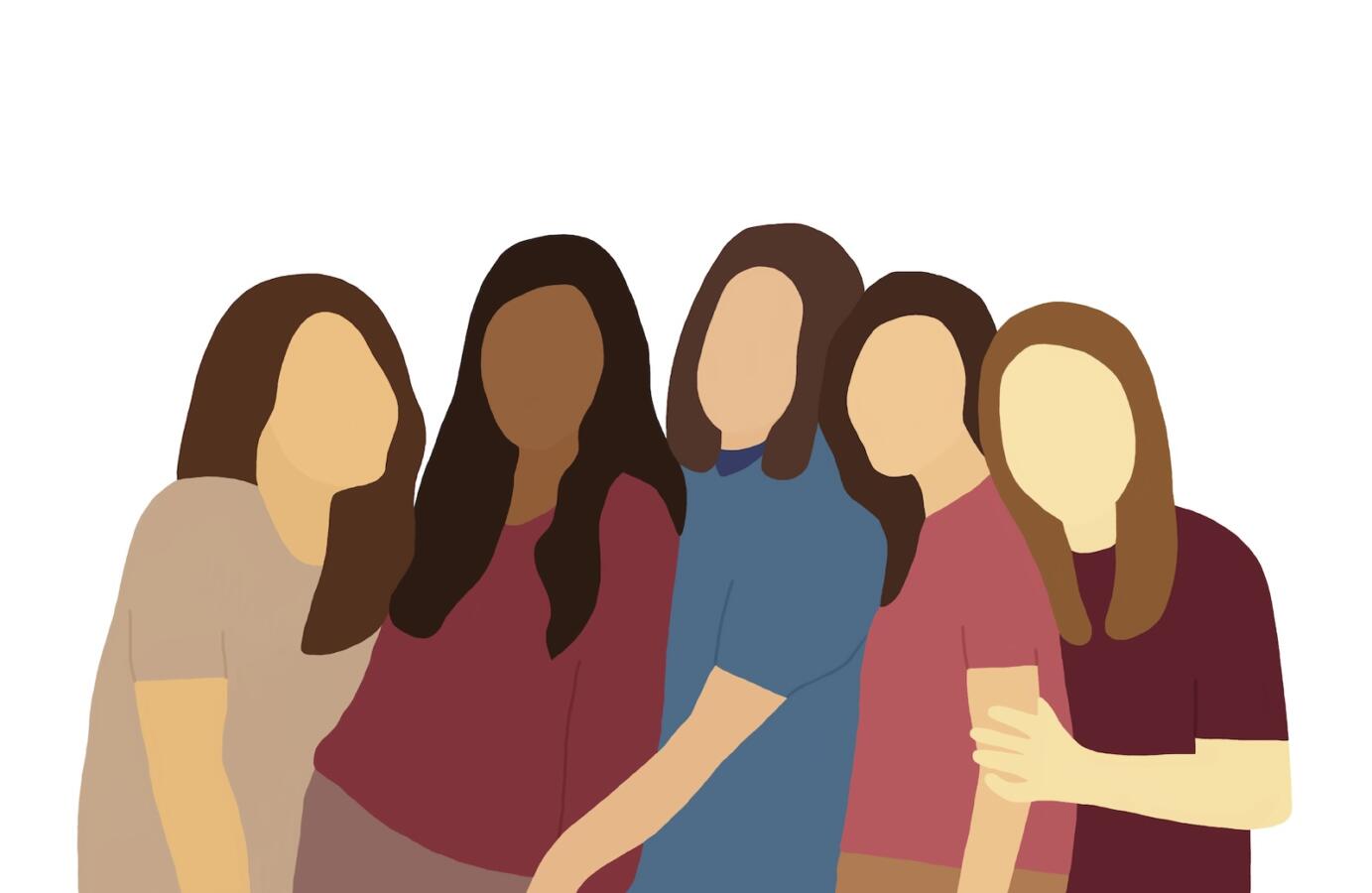I did not grow up celebrating International Women’s Day, a global holiday established by the United Nations in 1977 that is observed annually on March 8. I became aware of it only upon moving to Europe, where it is widely celebrated and, in some countries, a national holiday. In Berlin, Women’s Day is a statutory holiday akin to New Year’s Day or the Fourth of July. People don’t go to work and shops are closed. In my local Jewish community, the majority of which has roots in the former Soviet Union, presenting women with flowers on Women’s Day is part of the culture. (This may be because, according to the UN, the observed date of March 8 has its roots in a women’s protest against the Russian czar in 1917.)
Personally, I’ve had my share of uphill battles as a woman. I was often the sole woman in my workplace in the years following college graduation, and I pursued rabbinic ordination from the first institution to offer it to Orthodox women in the US. I’m interested in celebrating women’s achievements, but how might we do that without being overly performative or political?
The Book of Exodus is full of rare gems of exemplary women’s leadership in the Torah, and this week’s Torah portion is no exception. In fact, Parashat Vayakhel, which focuses (in often excruciating detail) on the construction of the mishkan, the traveling sanctuary the Jewish people built to serve God while wandering in the desert, offers a hint about how to celebrate women in a genuine way.
Exodus 35:22 tells us: “And the men came along with the women, all whose hearts moved them, all who would make an elevation offering of gold to God, came bringing brooches, earrings, rings, and pendants — gold objects of all kinds.” The Torah uses some strange language to describe male and female participation, saying the men came al hanashim — literally translated as “on the women,” or more figuratively, along with them.

Help us keep Jewish knowledge accessible to millions of people around the world.
Your donation to My Jewish Learning fuels endless journeys of Jewish discovery. With your help, My Jewish Learning can continue to provide nonstop opportunities for learning, connection and growth.
The strangeness of the language sparks questions from the commentators. Rashi clarifies that the men and women didn’t come forward in an equal way, but rather the men came closely following the women. Writing a century later, the Catalan scholar Ramban takes this a step further:
The meaning of this expression [men and women] is that because donations of ornaments were more common amongst women, and they all had these jewels, therefore they immediately pulled off their ear-rings and signet-rings and were the first to come to Moses, and [afterwards] they brought with them those men with whom they found ornaments. For the phrase al hanashim indicates that they were there first, while the men joined them later.
I read this with cynicism at first. The mishkan is essentially the first Jewish home; of course women were leading the charge. The text is simply reflecting the classic stereotypes we still have about women — as lovers of jewelry and devoted to homemaking. How could I possibly read this as exemplary women’s leadership when it’s really about women giving, sewing and doing even more?
But on closer look, the women’s activity has a different quality. This was perhaps the first documented act of Jewish women’s philanthropy. Based on the Ramban’s reading, we see women immediately identifying shareable sources of wealth and eagerly donating to the common cause of building a house in which God can dwell. The cause itself excited them enough to become the primary financiers of the project.
These women teach us how to understand what is precious. The construction of the mishkan was a wondrous aesthetic production, but it’s also the first instance of the newly formed Jewish nation coming together to create a shared sacred space. The women recognize the deeper gift God has given in those lengthy, exacting instructions — the chance to be nediv lev, generous of heart, not just on behalf of one’s self, but on behalf of the entire people.
Our generation is one that sees substantial levels of women’s philanthropy. In the Jewish community, we have stellar examples of women’s giving, from the women’s organization Hadassah, to activism in local Jewish federations, to more grassroots giving circles. Research indicates that women are more likely to give of themselves to benefit others, whether financially or by simple acts of kindness. Our tradition reminds us that it was precisely this trait that led women to intuitively support the building of our first holy house.
So on this Women’s Day, I celebrate this generosity of heart modeled for us by Jewish women wandering in the desert. And of course, I extend my gratitude to all the women in my life who have, to date, taught me about what’s truly precious in our lives.
This article initially appeared in My Jewish Learning’s Shabbat newsletter Recharge on March 9, 2024. To sign up to receive Recharge each week in your inbox, click here.



